Errante is a journey that records the outside world to reveal something inside.
An analogue development of black and white photographs.
Enjoying a photograph in print is like smelling a new book or listening to a vinyl record.
It’s about reliving the moment and travelling back in time.
A time that took place in another era. Without the rush of digital machines, just a click away from developing, editing, deleting or even creating artificial images.
The artificial world doesn’t understand the real, as palpable as the photographer’s forgotten copies and negatives.
Temporary moments, errantly recorded and which, wandering through time, reappear in the present.
But not errant through carelessness or error.
The Erroneous reaches the wrong destination. The Wanderer has no certain destination.
The ephemeral, the transitory, the unexpected, the unknown. None of this can be found on a map.
“Navegar é preciso, viver não é preciso”
[Fernando Pessoa]
You have to flee the certain to find the uncertain.
You have to make mistakes to be human.
You have to be a wanderer to discover what it means to be.
ABOUT
The essay ERRANTE brings together images taken by Fernando Angulo while travelling in the 1990s.
The book was published 30 years later with a print run of 250 copies, numbered and signed, as part of the Olhavê {Projeto} collection, which includes Brazilian authors with unpublished works, concise narratives and an emphasis on poetic power.
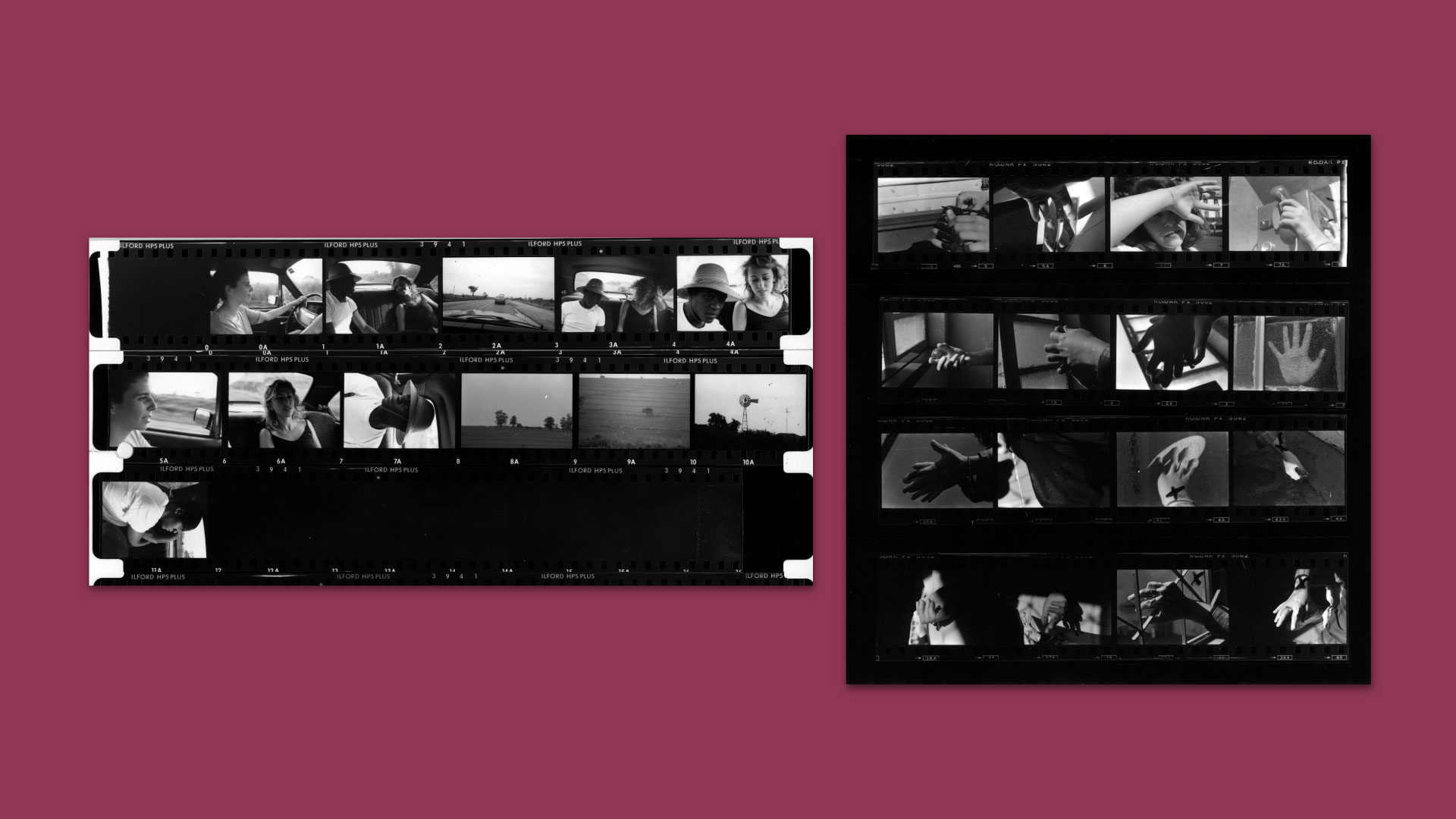
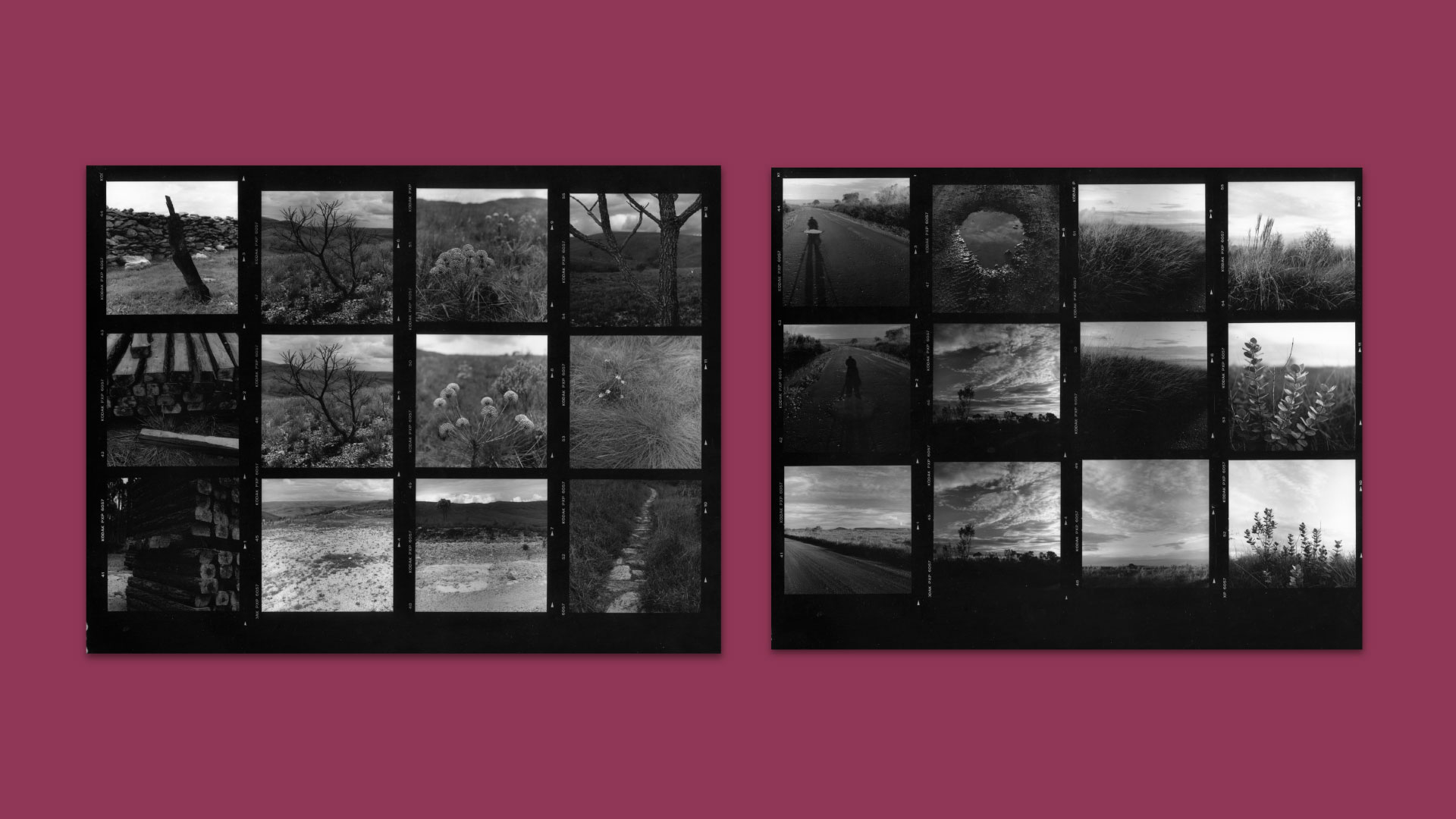
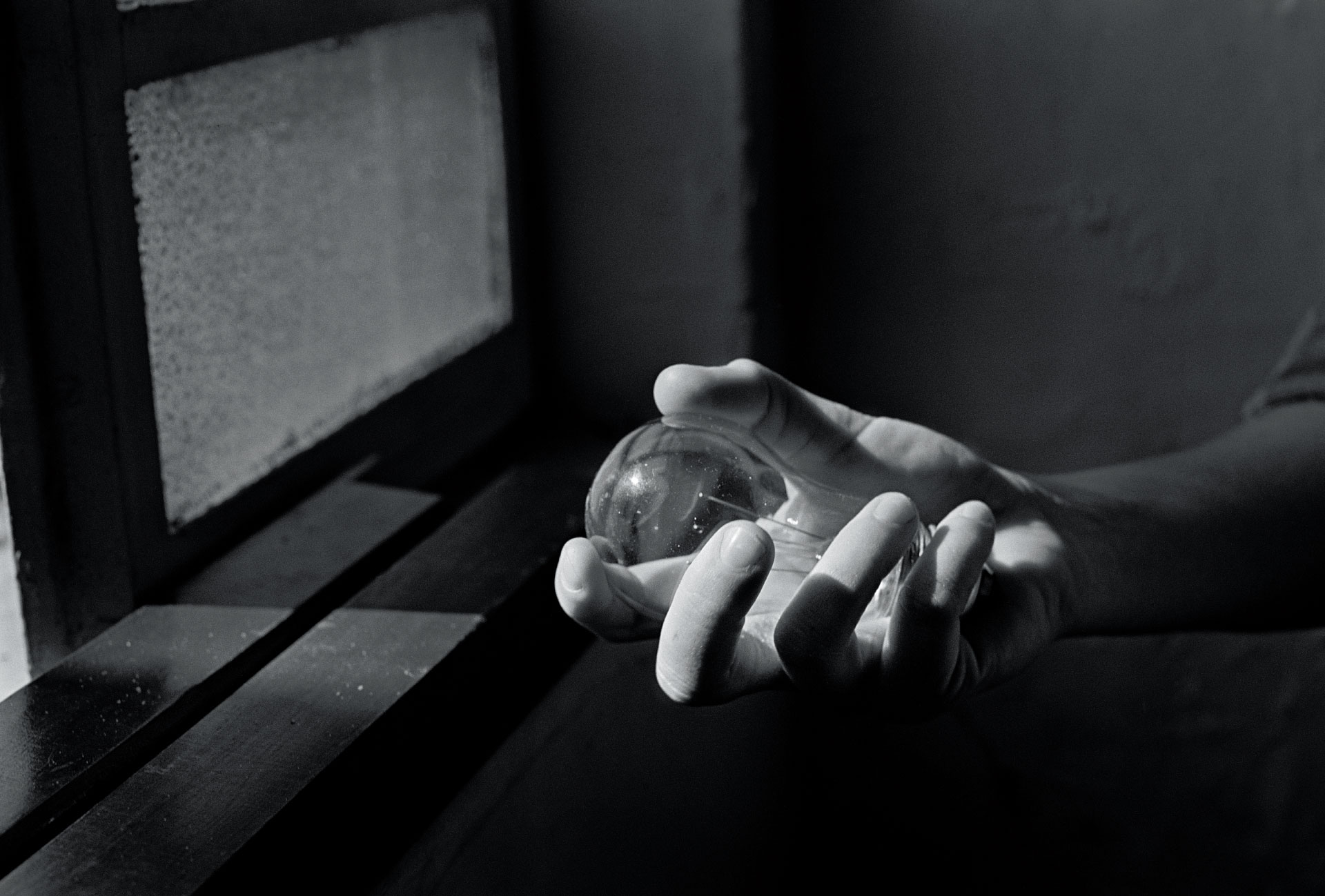
ER.RAN.TE
[From Latin errans+ntis] • Adj. • eˈʀɐ̃t(ə)
- A quest to record ephemeral images, pursuing the drawing of fine lines that separate the inner and outer worlds. A look inwards and outwards, into intimacy and towards the horizon. Parallel and temporary worlds. Instants of survival.
- Discovering the limits set by nature, the resistance of everyday fragments, the fragility of life on earth. Sky and ground, imprisonment and freedom, micro and macro, cause and effect.
- Diagonals that trace vulnerable perspectives. A volatile drawing of branching paths. A subtle way of pointing in possible directions that are at the same time opposite and antagonistic.
- Immersion in an introspective and timeless universe of self defence and contemplation. Embracing randomness as an expression and language. Observation and recording of signs of vulnerability present in everyday life.
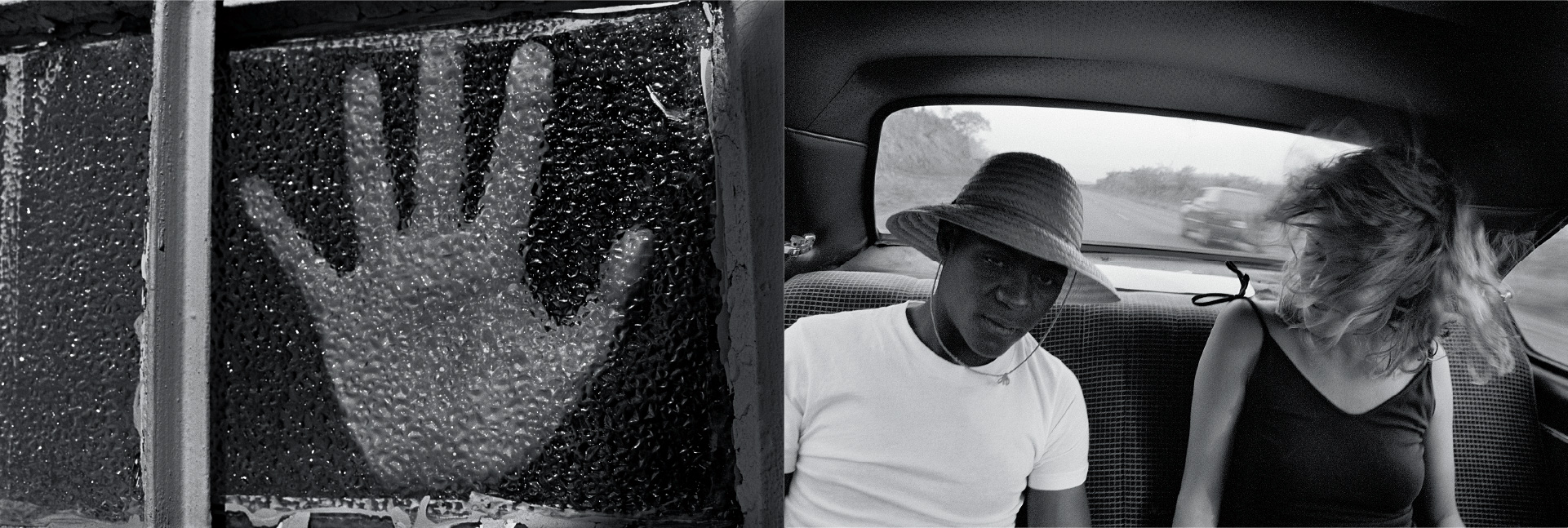
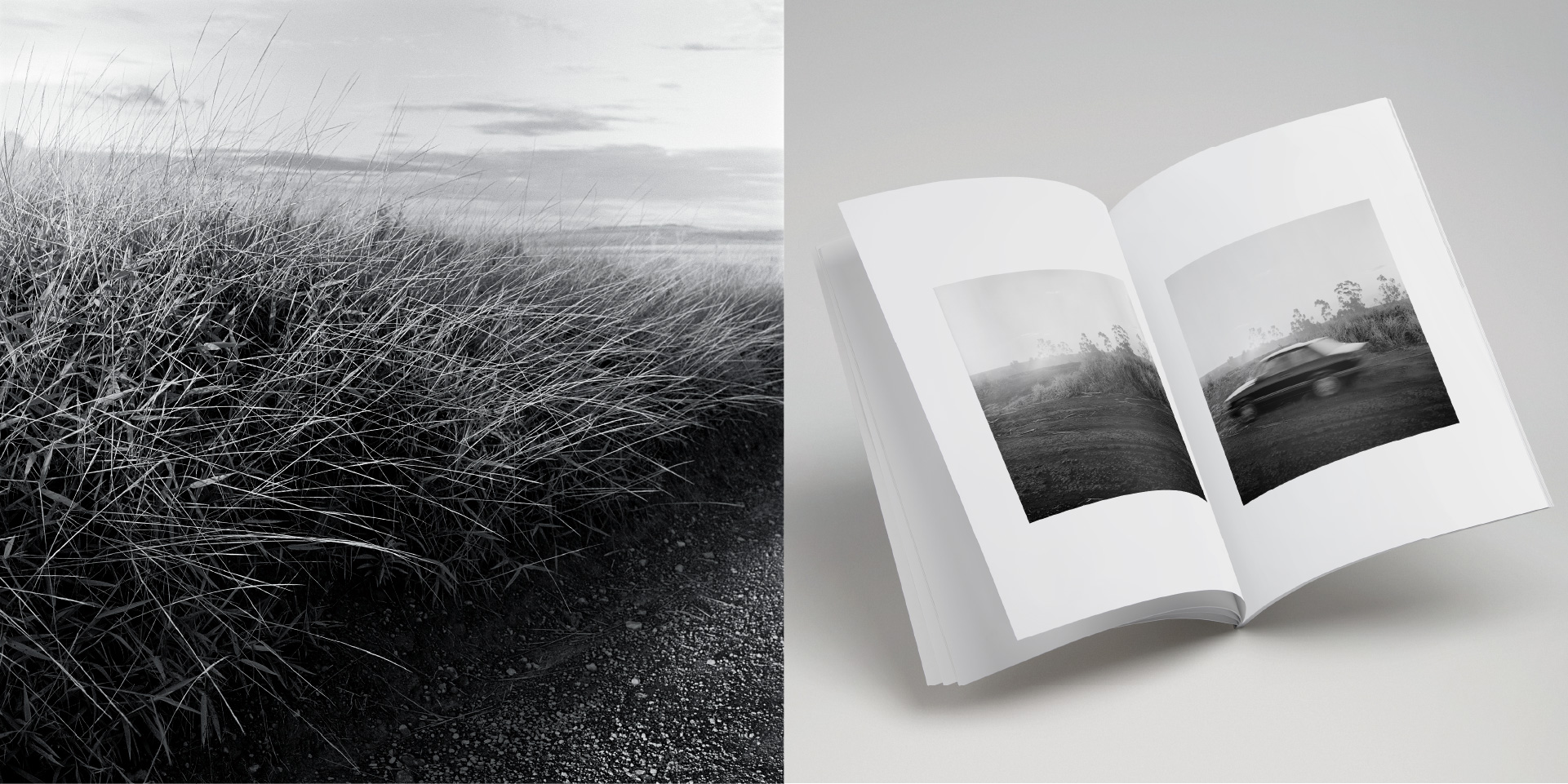
Errante shows the sense of discussing photography for its own sake, as a graphic element, a record of a time without overly problematising its content.
However, the essay doesn’t fail to poke the viewer. The feeling is that we are in a kind of Brazilian “nouvelle vague” aesthetic.
It seeks a delicate balance of transitory aspects, which represent the duality of life, immersed in an introspective and timeless universe, registering signs and marks present in everyday life.
Juan Esteves
Photographer and Journalist
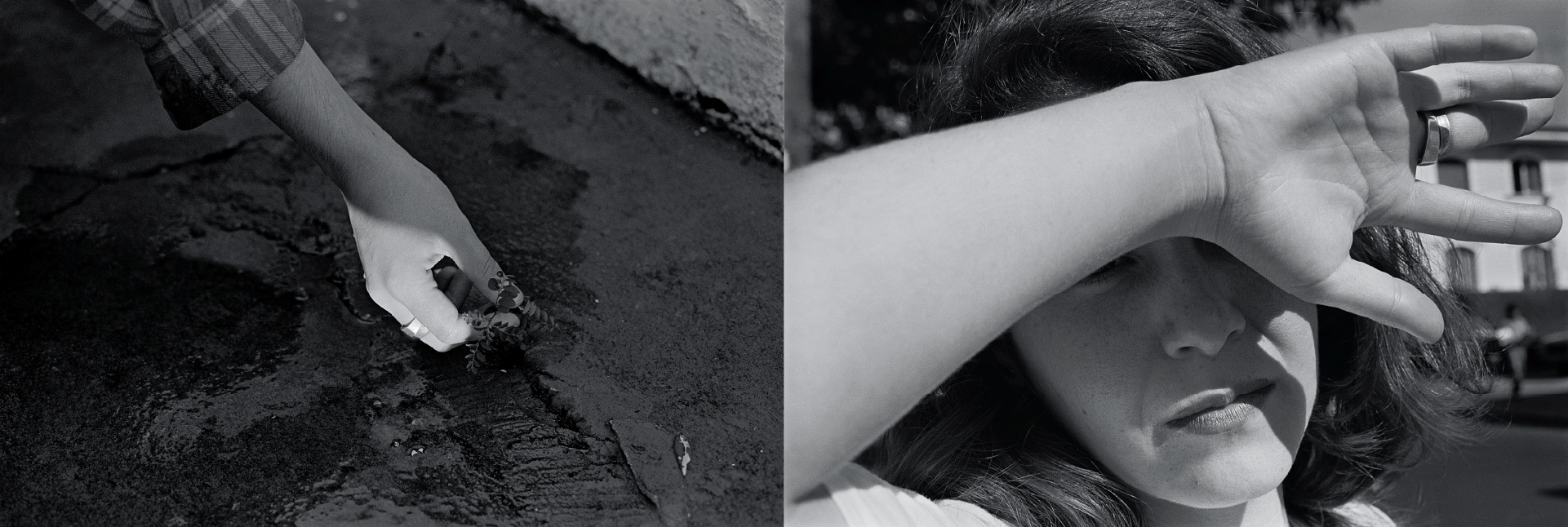
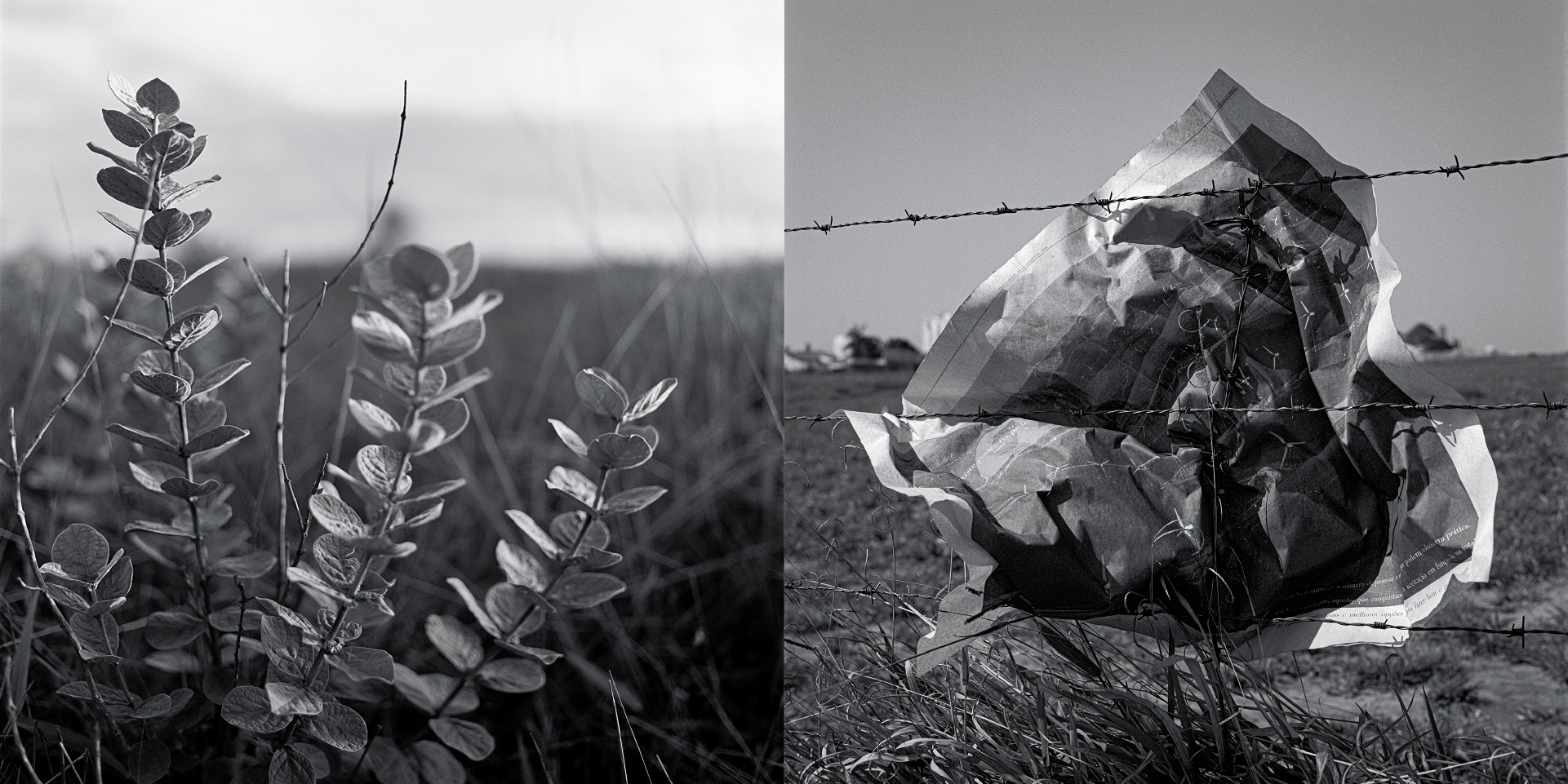
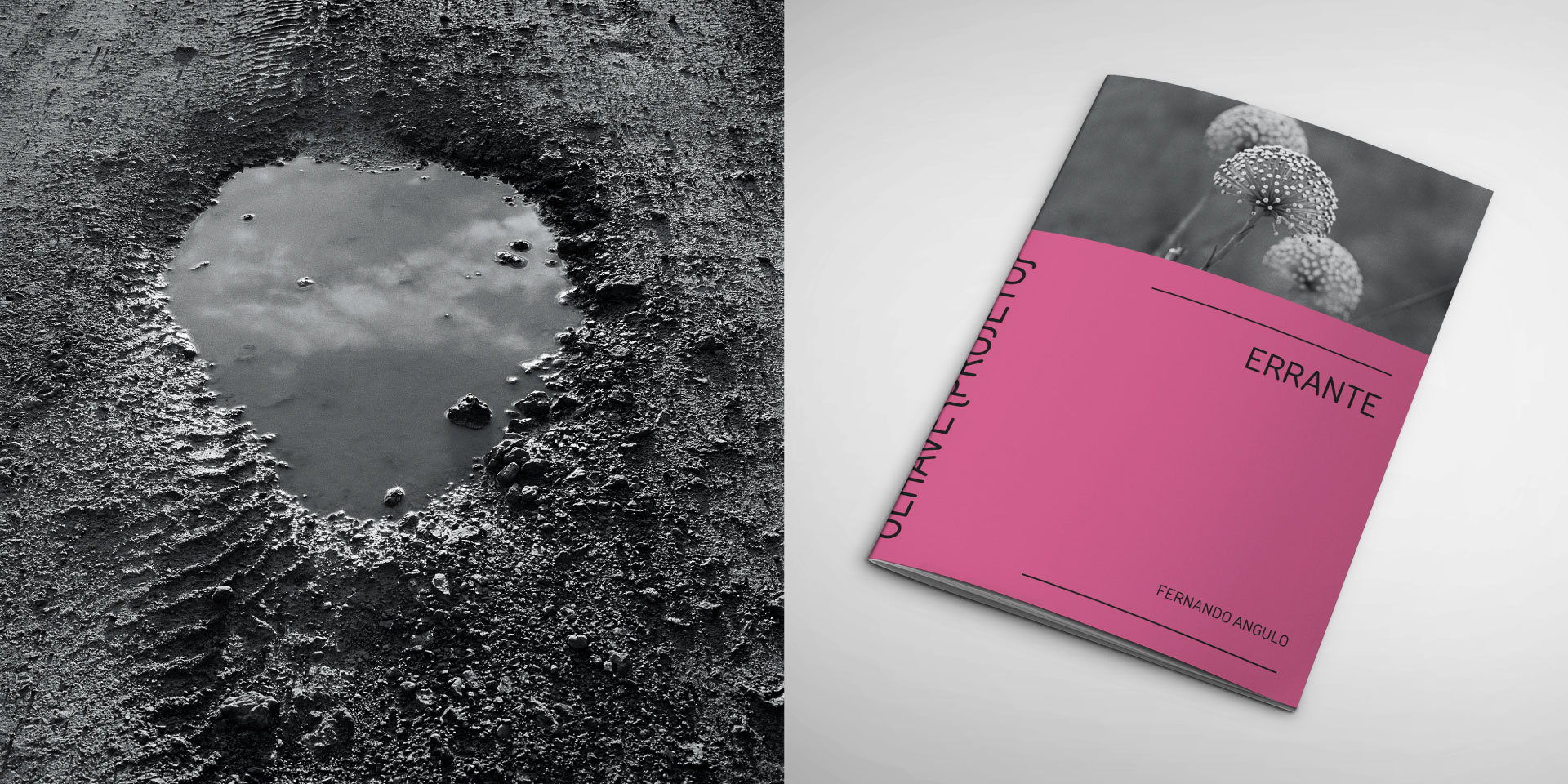
| Technical File | |
|---|---|
| Photographs | Fernando Angulo |
| Editing | Georgia Quintas Alexandre Belém Coleção Olhavê {Projeto} |
| Graphic design | Fernando Sciarra |
| Image processing | Estúdio 321 |
| Printing | Gráfica Ipsis |
| Print run | 250 copies numbered and signed |
| ISBN | 978-85-93223-13-6 |